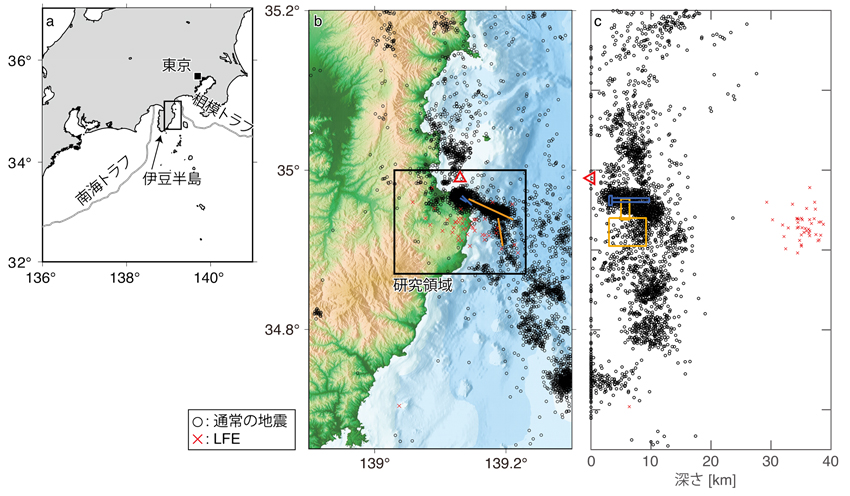2025-05-26 九州大学

図 1.OLED に用いられる発光材料と発光メカニズム
<関連情報>
- https://www.kyushu-u.ac.jp/ja/researches/view/1276
- https://www.kyushu-u.ac.jp/f/61802/25_0526_01.pdf
- https://www.nature.com/articles/s41467-025-59910-z
ドナー・アクセプター型TADF分子の励起子状態のエネルギーシフトの温度依存性 Temperature dependency of energy shift of excitonic states in a donor–acceptor type TADF molecule
Youichi Tsuchiya,Keito Mizukoshi,Masaki Saigo,Tomohiro Ryu,Keiko Kusuhara,Kiyoshi Miyata,Ken Onda & Chihaya Adachi
Nature Communications Published:23 May 2025
DOI:https://doi.org/10.1038/s41467-025-59910-z
Abstract
In recent years, thermally activated delayed fluorescence (TADF) has attracted intense attention owing to its straightforward application to high-efficiency organic light-emitting diodes. Further, to develop high-performance TADF materials, many researchers have designed novel molecules that have a small energy gap between the lowest excited singlet and triplet states (ΔEST), and detailed analysis suggests a significant contribution of higher-lying excited states for spin flipping processes. In this study, we demonstrate a peculiar thermal behaviour of emission decay of a donor–acceptor type TADF molecule, TMCz-BO, which seems like thermal deactivation of delayed fluorescence that can be explained without a negative ΔEST by comprehensive kinetic analysis across various temperatures and solvents. While the activation energy has previously been treated as being temperature-independent, we stress that it should be a dynamic parameter affected by changing the solvent-solute interaction with the environmental temperature, especially in the case of a small energy gap.


